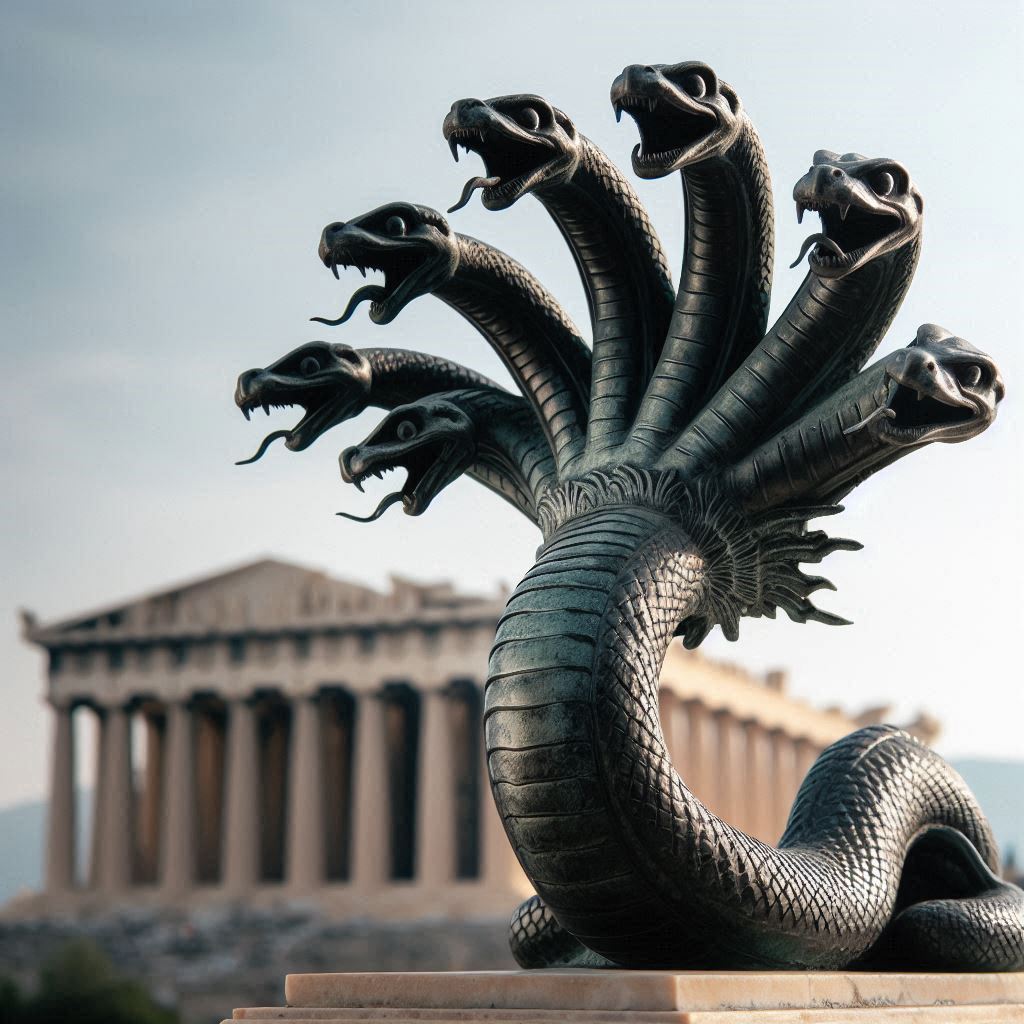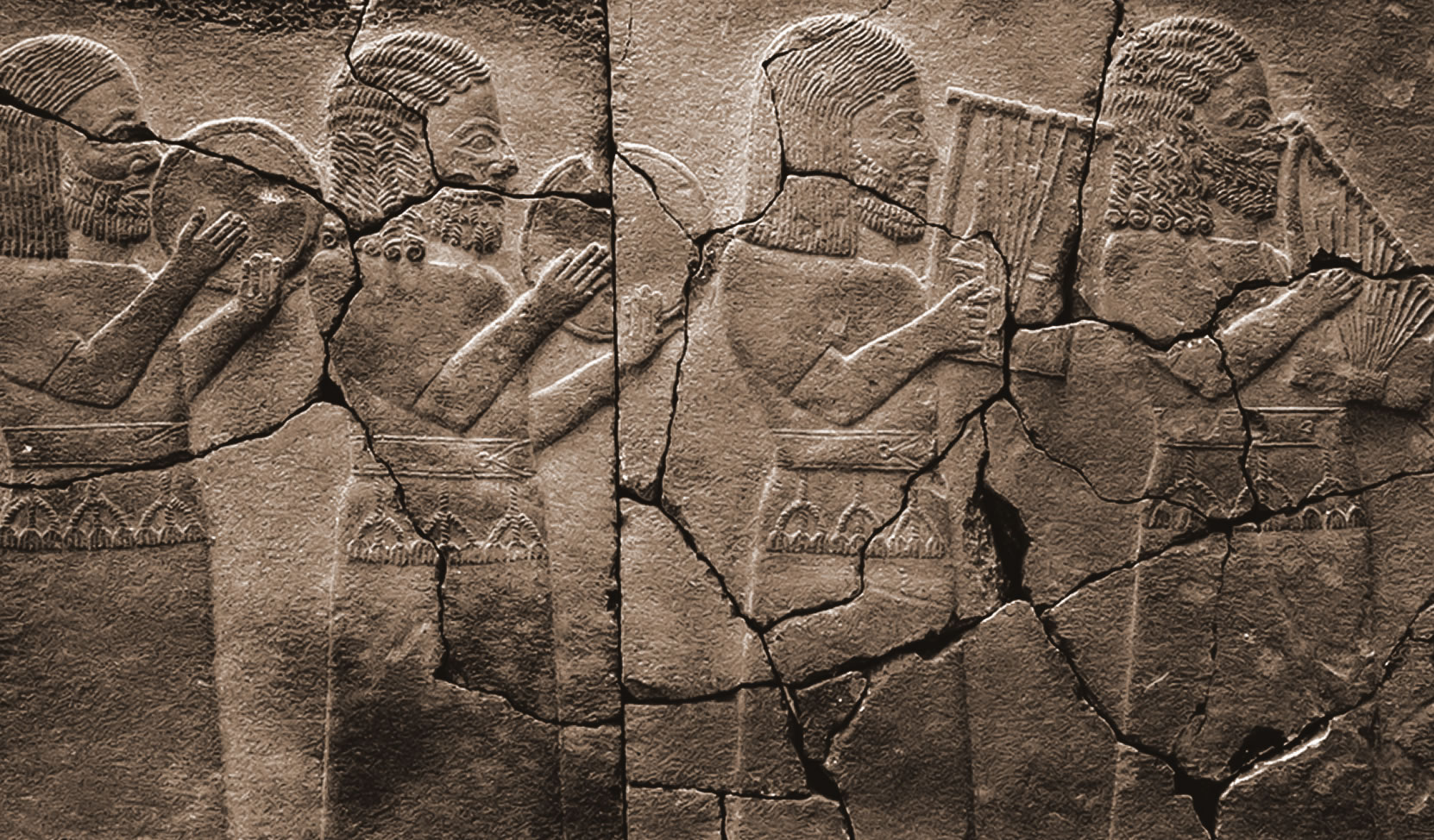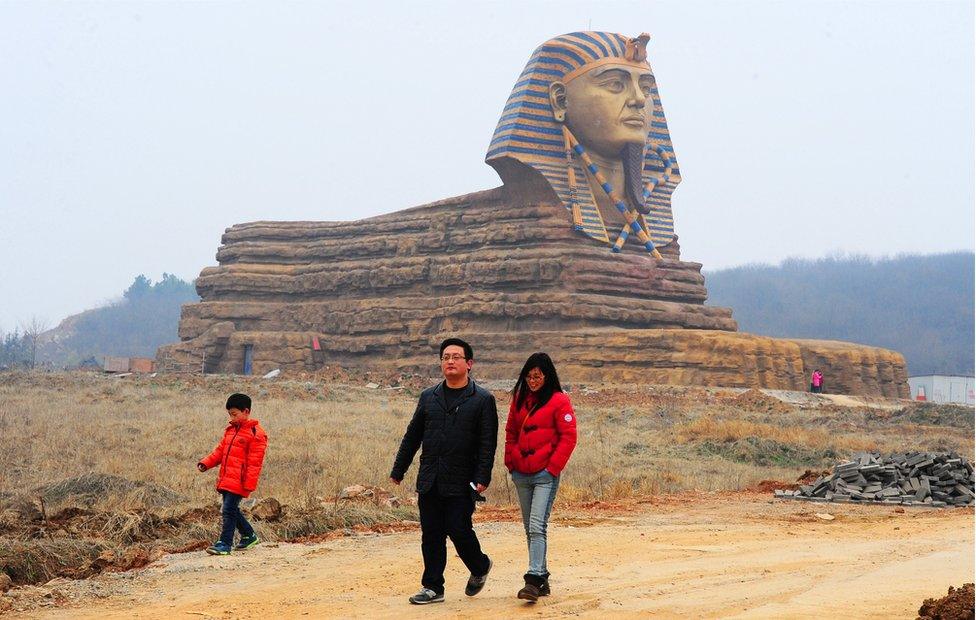Scientists Can’t Explain These Historical Coincidences That Could Rewrite History
Across the world, from Greek mythology to Aztec culture, the image of a god or creature with seven heads appears in many different civilizations, bringing a strange coincidence in history. This image is not only a religious element but can also suggest deeper connections between ancient cultures, despite being thousands of years and miles apart. So what does this seven-headed symbol mean? And why is it revered on many continents?
**The image of Hydra in Greek mythology**

In Greek mythology, Hydra is a mythical creature with seven snake heads, often depicted as a giant monster living in the Lerna swamp. The unique feature of Hydra is that every time one head is cut off, two more heads will grow back, symbolizing immortality and challenge. This image appears in the story of Heracles (Hercules), when he had to destroy the Hydra in one of his twelve labors.
—
**Aztec Serpent God: Chicomecoatl**

In the Americas, the Aztec civilization also worshiped a seven-headed serpent deity named Chicomecoatl, the goddess of fertility and agriculture. An ancient Mexican painting shows her holding up the sun, a symbol of life and protection. Surprisingly, this image is identical to a motif on an ancient Russian stone carving, dating back more than 5,000 years. Despite the distance in time and space, the “seven heads” appear identical, suggesting a potential connection.
—
**Hindu Goddess Mansa**

In India, the serpent goddess Manasa is also depicted with seven glowing serpent heads behind her head. As a protector and healer, her image is widespread in South Asian pantheons. The similarity between this image and other cultures has led researchers to question whether this was a common symbol of ancient civilizations.
—
### **A Mysterious Connection or Just a Coincidence?**
Archaeologists and historians have proposed several hypotheses to explain this strange coincidence:
**Independent Development:** Ancient cultures may have imagined the seven-headed snake as a symbol of power and eternity.
**Cross-cultural Influence:** Through ancient trade routes, the idea of a seven-headed creature may have spread and adapted to each region.
**Common Origin:** Some extreme hypotheses suggest that all these cultures share a common mythological origin or were even “inspired” by aliens.
Whether a religious icon or a part of the collective imagination, the seven-headed creature continues to challenge our understanding of history. The image is not only a symbol of power, but also a reminder of the magical connection between ancient civilizations, across all geographical and temporal boundaries. So what do you think of this seven-headed symbol? Is it an alien signature, or simply a mysterious coincidence?
**Hoover Dam Workers Who Died:**
The myth of workers being buried alive in concrete at Hoover Dam is untrue, but many people did die during its construction. The official death toll was 96, but many believe the actual number is higher. Causes of death included drowning, explosions, falling objects, and other industrial accidents. A tragic story is that of John Gregory Tyranny, one of the first workers to die on the project, who was swept away by a flash flood on December 20, 1921. In a tragic twist, his son, Patrick William Tyranny, also died on the same day 14 years later, falling from the dam’s intake tower.
—
**.The “Lady of Elche” Statue and its Connection to Atlantis:**

Discovered in 1897 in Spain, the “Lady of Elche” statue has sparked controversy over its origins. Some theories suggest that she is an Iberian princess, a goddess, or a representative of the Atlantean civilization due to the detail and craftsmanship that goes far beyond pre-Christian times. The statue has even been compared to Princess Leia from *Star Wars*. Many archaeologists believe that the statue dates back to the 4th century BC and was once painted in vibrant red and blue.
—
**The strange coincidence of the Moon and the Sun:**
The Moon is 400 times smaller than the Sun but 400 times closer to Earth, creating a perfect total solar eclipse. This coincidence is believed to be too much of a coincidence, leading many to believe that the Moon’s position seems to have been arranged by a superior intelligence.
—
** Archaeological discoveries confirm the Bible:**

Since the discovery of the Assyrian Column in 1846, which records the name of King Jehu in the Bible, many archaeological discoveries have proven that events described in the Bible have a historical basis. For example, the house of the Apostle Peter was discovered in 1968, and the coffin bearing the name of Caiaphas, the priest who executed Jesus, was found in 1990.
—
**The Sphinx in China:**

A Tang Dynasty tomb in northwestern China contains a marble sphinx, similar to the Egyptian Sphinx. Although its origin is unknown, archaeologists consider it a unique discovery, demonstrating the possibility of cultural exchange along the Silk Road.
—
**Meteorite hits Comet family home:**

In 2011, a 4.5 billion-year-old meteorite crashed into the Comet family home in Paris. With odds of 1 in 1.6 million, the event was made even more special by the family name. The meteorite was later identified as a rare species, first recorded in Paris.
—
**Mummies in China and Egypt:**

Both Egypt and China had unique traditions of embalming. The Egyptians used wrappings and gold, while the Chinese used more than 200 pieces of jade connected with silver thread to preserve the bodies of royals. Both civilizations also shared common traits such as keeping dogs as pets, a love of luxury, and rituals of worshiping the dead.
—
**Skull shaping and ancient civilizations:**

From Central Asia to Central America, many ancient civilizations such as the Hungarians and Mexicans modified their skulls by binding or using wooden planks to lengthen them. The purpose of this remains a mystery, but may have been related to beauty standards of the time.
—
**Similarities Between Egypt and Mesopotamia:**
Despite their political differences, the cultures of Egypt and Mesopotamia had some surprising similarities, such as the development of a symbol-based writing system and the education of young people to become scribes. However, the religions of the two civilizations were very different: the Mesopotamians believed in fierce gods, while the Egyptians worshiped peaceful gods.
**Maya and Egypt:**

The Maya and Egyptian civilizations had some surprising similarities, such as the building of pyramids, the development of complex writing, and rituals related to death. These similarities have led many to speculate about the possibility of cross-continental cultural exchange.
For around 2,000 years, mysterious stone structures called dolmens were built across the Northwest Caucasus in Russia. These ancient megalithic buildings were used for burials and are similar to those found in other parts of Europe and Asia, suggesting a shared cultural practice. However, the purpose behind these structures remains unknown.
In ancient cultures, the tongue had significant meaning. In Tibet, monks stuck out their tongues as a greeting to show they weren’t demons. Other cultures like the Maya and Aztec associated tongue gestures with violence. Many ancient statues feature gods or men with their tongues out, symbolizing bloodlust, though historians are still unsure why this was so important.
The Romans borrowed much of their pantheon from the Greeks. After conquering Greece in 146 BC, the Romans adopted Greek gods and renamed them. The Romans also took gods from other cultures, such as Isis from Egypt. This pattern of cultural borrowing was common throughout history.
There are strange historical coincidences, such as Stephen Hawking being born on the 300th anniversary of Galileo’s death, and the first king of Rome, Romulus, sharing a name with the last emperor before the fall of the Roman Empire, Romulus Augustus. Other coincidences include Thomas Jefferson dying on the 50th anniversary of America’s birth, and John Adams and James Monroe dying on the same day.
The Indian Sphinx is another example of cultural similarities, with statues in India, Greece, and Egypt showing sphinx-like creatures guarding sacred sites. The exact origin of the sphinx remains a mystery.
Pine cones have been a symbol of fertility and eternal life in many ancient cultures, from the Assyrians and Romans to the Aztecs and Kelts. They are also associated with the pineal gland or “third eye,” but why these cultures valued pine cones so highly is unknown.
A fascinating case is that of twins Jim Lewis and Jim Springer, who were separated at birth but had strikingly similar lives. When they met at 39, they discovered many shared habits, leading researchers to study their case in the nature vs. nurture debate.
Two ancient calendar systems from different parts of the world share striking similarities, suggesting possible contact between Eurasian and Mesoamerican civilizations long before European exploration.
Lastly, the Mongolian invasion of Japan in the 13th century was thwarted by two mysterious typhoons, known as “divine winds” or kamikaze, that prevented the Mongols from taking the island nation.
In 1901, archaeologists discovered a black pillar with a carving of Hammurabi receiving laws from the Babylonian God Shamash, similar to Moses receiving the Ten Commandments. The pillar lists laws, with harsh punishments like cutting off tongues or hands. Surprisingly, it also included the principle of “innocent until proven guilty,” similar to modern legal systems.
The ancient Maya played a ball game resembling basketball, using their feet to kick a ball through hoops. Losers sometimes faced human sacrifice, a stark contrast to modern basketball but with similar game objectives.
Robert Todd Lincoln, Abraham Lincoln’s son, narrowly escaped death as a child and witnessed three presidential assassinations. He was present when his father died, later served as Secretary of War, and was present when Presidents Garfield and McKinley were shot, leading him to believe he was cursed.
Many ancient Egyptian statues are missing noses, a result of political or religious acts to prevent spirits in the statues from “breathing” and exerting power. This destruction was also done by grave robbers to prevent curses.
The story of Eve in the Bible and Pandora in Greek mythology share similarities: both women unleashed evil into the world by disobeying warnings. Whether one influenced the other is uncertain, but the parallels are striking.
In ancient cultures, the symbol of a bucket and cone appeared with deities, likely linked to purification rituals. The cone, often dipped in a bucket, symbolized fertility and purification.
Cannabis was used in ancient Egypt for medicinal purposes, and evidence of its use has been found in other ancient civilizations like China, Greece, and Rome. Ancient Egyptians even used it in mummification rituals.
Sutomo Yamaguchi survived both atomic bombings of Hiroshima and Nagasaki in 1945, making him the only person officially recognized by the Japanese government for surviving both. He lived to 93, defying the odds of radiation exposure.








